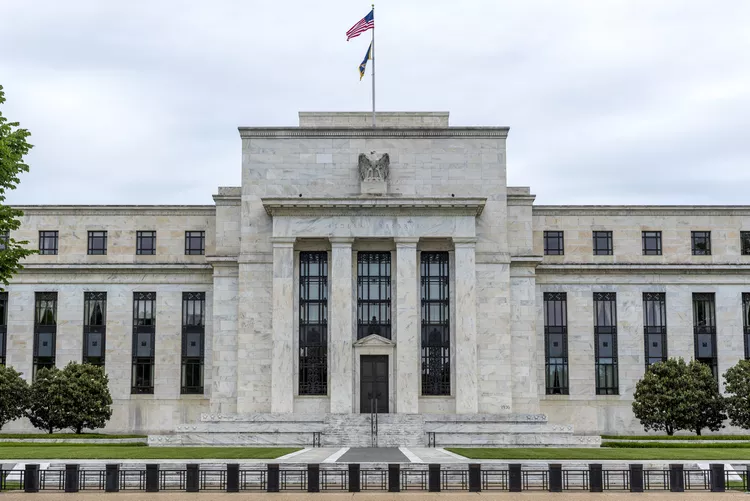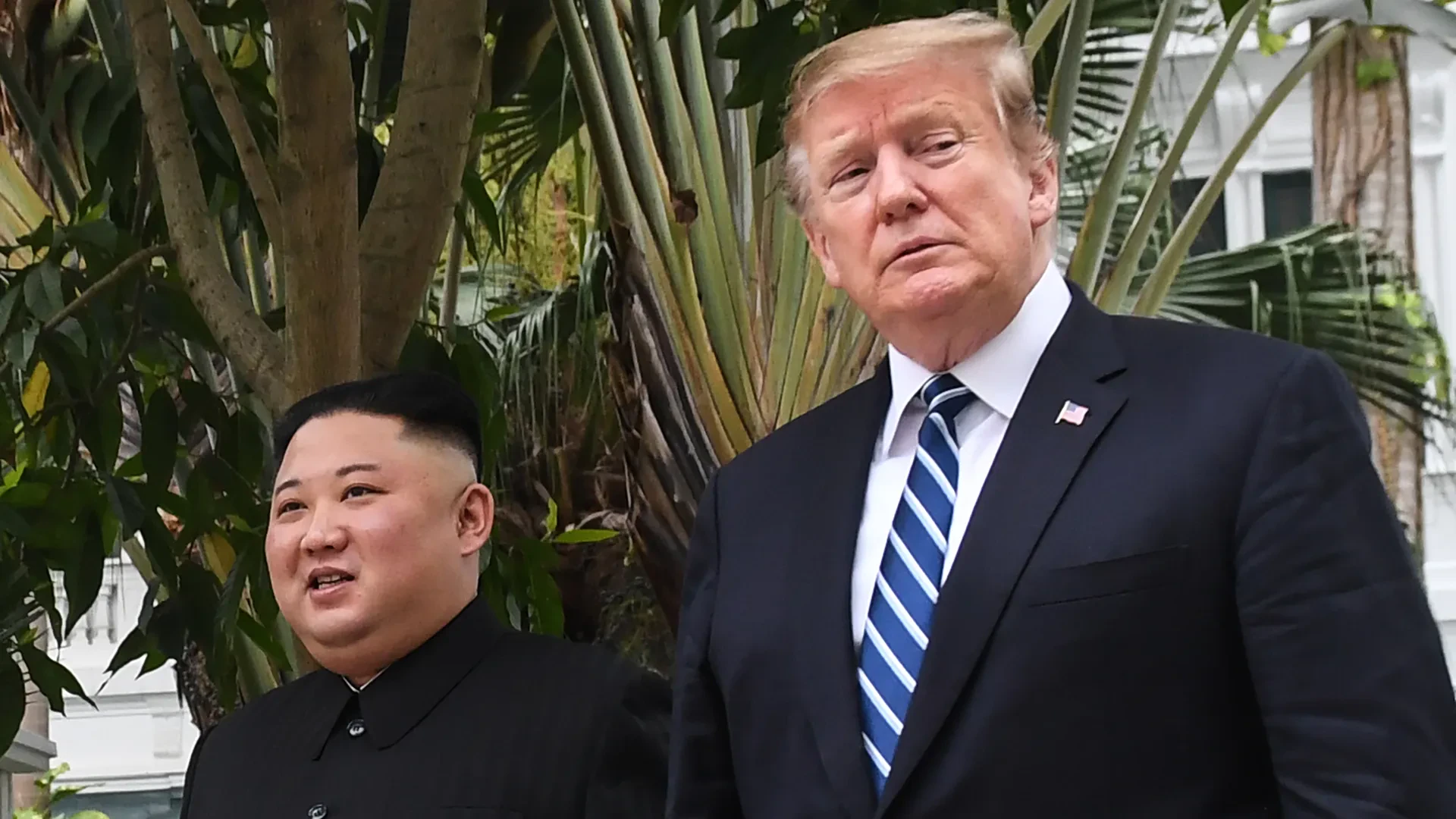The capabilities of power derived from currency hegemony include the ability to influence both public and private actors in their decision-making through transactional relationships. The emphasis on transactions suggests that in order for a nation to be an influential leader within the current global order, it must hold value in some form of monetary capacity to maintain its position against competitors.
This analysis is supported by a study conducted by the Chinese Journal of Political Science, which concluded that the digitalization of finance and financial services presents a challenge to dollar dominance—particularly in the Asian region. However, this does not imply that these initiatives are actively undermining the currency’s position; rather, they represent a potential threat emerging from the digital age of finance.
Cryptocurrency vs. Digital Currency
The main difference between cryptocurrency and digital currency lies in the issuance of the money itself. Digital currencies are issued by government organizations, while cryptocurrencies are not, making the latter generally more unstable than the former.
Stability is also influenced by the type of government issuing the digital currency and the performance of that institution. For example, if a country issues a fixed amount of digital currency but suffers from extreme inflation in its standard currency, the digital asset could also become unstable. Therefore, while digital currencies are theoretically safer, their stability still depends on the issuing government's economic health.
A survey by the Bank for International Settlements found that 60% of central banks worldwide are in the testing phase for digital currencies. This marks a significant shift, especially considering how hesitant the Trump administration has been in recent months about adopting this model of monetary value.
Stablecoins are considered stable because they are pegged to another currency or asset that is more reliable than a freely floating digital currency. A historical parallel would be the U.S. dollar being pegged to gold during its introduction. Similarly, a stablecoin might be pegged to the U.S. dollar itself.
The Impact of Digital Currencies
A central argument in favor of digital currency implementation is the efficiency it would introduce in global transactions. Operating expenses could drop significantly, with some estimates projecting that $350 per person could be saved globally if digital currencies were universally adopted. In Hong Kong, 8% of GDP is derived from transactional fees—a figure that could decline if digital currencies were used to make cross-border transactions more efficient.
Another advantage is the free-flowing data associated with transactions. This transparency means that banks might no longer need to request data from one another to evaluate performance standards, as the information would be publicly accessible.
According to Time Magazine, it is estimated that by 2027, $24 trillion USD in assets will be moving digitally around the globe—highlighting the growing relevance and inevitability of digital currencies.
Weaponization of Digital Currencies
The weaponization of digital currencies stems from the search for alternatives to U.S. currency hegemony. The issue lies in Washington’s control over the funding of major international financial institutions such as the IMF, World Bank, and SWIFT. In 2021, the U.S. blocked currency aid to Iran, prompting Tehran to look to Beijing to develop a digital currency as a workaround.
This form of financial control is a key motivator behind the push for digital currencies. If the U.S. wants to maintain its reserve status, it must act before Beijing successfully establishes an alternative system.
Citigroup has reported that, in a bearish scenario, the stablecoin market could expand and plateau at a $300–500 billion USD valuation by 2030. The most predicted uses for these tokens include crypto trading (50%) and B2B corporate payments (20–25%) of the total addressable market.
Regarding central bank digital currencies (CBDCs), a 2025 OMFIF survey indicated that 75% of central banks still plan to issue a CBDC, with 34% aiming to do so within 3–5 years. However, 31% have delayed issuance to explore alternative digital options.
The Chinese Impact
By 2021, over 20.8 million Chinese citizens were using a digital wallet called RMB, enabling 70.7 million transactions totaling $5.3 billion USD. Platforms like WeChat and Alipay account for 96% of digital transactions in China, rendering physical cash nearly obsolete—unlike in many Western nations.
This digital shift has been accelerated by legal reforms passed by the CCP to support digital currency. Moving forward, entities may still use alternative payment methods, but state-backed banks are promoting digital wallets for business transactions—pressuring others to adopt digital payment systems.
China’s “first-mover advantage,” assessed by the ScienceDirect Institute, echoes Cold War strategic thinking. Just as the development of the hydrogen bomb followed the atomic bomb, the U.S. is being forced to respond to digital finance innovations out of strategic necessity. While the digital currency space hasn’t yet become fully weaponized, Beijing’s early adoption places it ahead in foundational infrastructure.
However, this first-mover advantage does not guarantee long-term superiority. Most large Chinese banks are state-backed, allowing the government to enforce digital transition at a national scale. This could create a ripple effect among trading partners, accelerating adoption abroad.
Washington’s Position in the Game
The United States does not need to lead in this space right now. The most critical factor in digital currency development is not being first but getting the system right. The potential downside of rushing into a flawed CBDC could be far more damaging, especially given the dollar’s current dominance.
Currently, 46% of foreign bank reserves and 40% of global debt are denominated in U.S. dollars—affirming its role as the global reserve currency. While this status is being challenged by BRICS initiatives, reserve diversification, and gold accumulation, the threat is not yet serious enough to justify an immediate digital transition.
Approximately 80% of global transactions are conducted in U.S. dollars, contributing to Washington's cautious approach. According to the Foreign Policy Research Institute, private firms like iFinex (which issues Tether/USDT) are already pegging stablecoins to the dollar. Although this circumvents U.S. regulations, it also helps strengthen the dollar’s relevance by linking new digital infrastructure to existing monetary power.
Nearly half of Bitcoin trades are connected to USDT, accounting for a staggering $18.2 trillion USD in global transactions. If cryptocurrencies continue attaching themselves to the dollar, they could help reinforce its status while expanding into new financial ecosystems.
Other central banks are moving forward: the Bank of England plans to develop a digital sterling; the European Central Bank aims to release a digital euro; and the Canadian government is advancing with its Project Jasper. The U.S., however, may prefer to strike deals with allies, encouraging them to peg their digital currencies to the dollar. This would force those nations to hold large U.S. dollar reserves, reinforcing the greenback’s international role and stabilizing their stablecoins.
Conclusion: Is Dollar Hegemony Truly Threatened?
The core challenge to dollar hegemony stems not from technological innovation, but from geopolitical fears. Nations have increased their gold reserves to 20%, while U.S. dollar reserves have fallen from 60% (2021) to 46% (2025). This shift is not necessarily due to rising alternatives but rather to concerns about U.S. financial coercion, as seen in the freezing of Russian assets during the Ukraine conflict. Ultimately, countries are seeking alternatives not because the dollar is economically weak, but because they fear U.S. political overreach. Whether digital currencies will become the dominant substitute remains an open and evolving question.















Discussion